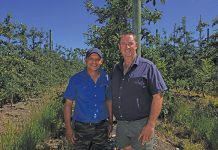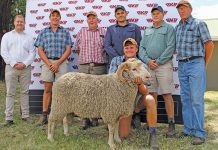Algae has potential as animal feed, since it’s rich in protein, vitamins and minerals. So say researchers from the Animal Production Research Division at the
Bangladesh Livestock Research Institute (BLRI), and the Bangladesh Council For
Scientific and Industrial Research.Their studies show algae is an alternative feed resource which is environmentally friendly and uses sunlight, water, nutrients and space efficiently. In fact, of the various unconventional feed sources, algae has the highest potential as an alternative to fish meal. Algae can be produced in homesteads throughout the year without using crop land, which could relieve land pressure in developing countries. With big enough facilities it’s theoretically possible to produce 100t of dry product per hectare, compared with up to 10t/ha for grain. That would let 1ha of algae replace up to 10ha of land, while better utilising nitrogen fertiliser.
The BLRI has already developed a method to culture algae in a batch operating system, using locally available resources. With a mixed algal culture (Chlorella and Scenedesmus), grown in shallow polytene basins, the researchers have achieved daily yields of 95t of algal suspension, or 247kg dry matter per hectare.In trials, indigenous heifers consumed algal suspension at 10% of their liveweight, without needing additional water. Compared to oilcake, algal suspension supplemented to a wheat-straw diet increased fibre digestibility, growth rate and feed conversion efficiency.
In another trial, with bull calves fed urea-molassesed-straw, supplementing
drinking water with algal suspension improved the total microbial nitrogen yield
and efficiency of microbial nitrogen production, and reduced live weight loss. Supplemented to a straw diet, algal suspension created a more favourable rumen
environment for efficient microbial growth. This increased nutrient availability.
After removing the suspension for feeding, enough algae cells are left in the
containers to re-establish the culture by just adding water and nutrients.
Supplying the right nutrients ensures an “algae bloom”, which is necessary for
the algal suspension to reach the desired concentrations. When the liquid in which the algae is grown is mixed with edible media like bran – which is easily available to farmers – it can be fed directly to animals. |fw








